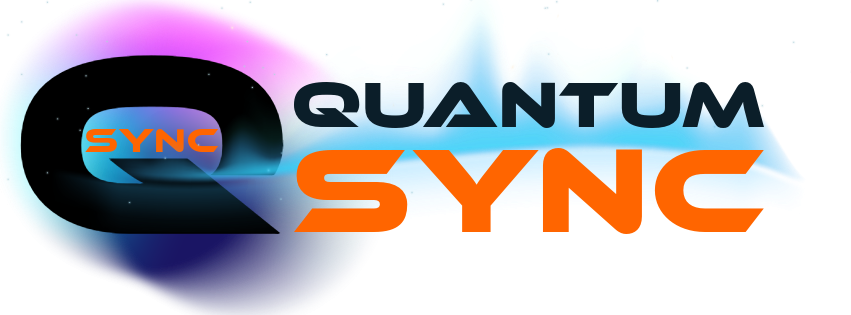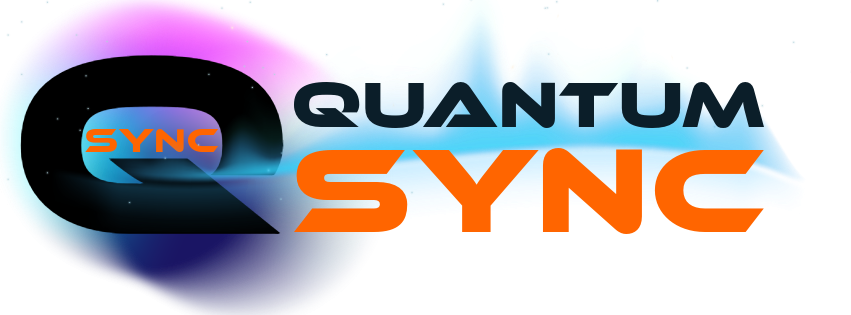Is Frozen Food Healthier Than You Think? Debunking Myths & Market Insights

Introduction
Frozen food has become a staple in modern households, offering convenience, extended shelf life, and nutritional benefits. With busy lifestyles and increasing demand for ready-to-eat meals, the frozen food industry has seen significant growth. According to The Report Cubes, the Europe Frozen Food Market was valued at USD 71.1 Billion in 2023 and is anticipated to register a CAGR of around 6.4% during the forecast period (2024-2032). This growth highlights the rising preference for frozen products among consumers.
In this article, we will explore:
- The benefits of frozen food
- Key segments driving market growth
- Consumer trends shaping the industry
- Challenges and future outlook
Why Choose Frozen Food?
1. Convenience and Time-Saving
Frozen food eliminates the need for extensive meal preparation, making it ideal for working professionals, students, and families. Products like frozen vegetables, pre-cooked meals, and snacks reduce cooking time while maintaining taste and nutrition.
2. Longer Shelf Life
Freezing preserves food for months, reducing food waste. Unlike fresh produce, which spoils quickly, frozen food retains quality over time, helping consumers save money.
3. Nutritional Value
Contrary to popular belief, frozen food can be as nutritious as fresh food. Vegetables and fruits are often flash-frozen at peak ripeness, locking in vitamins and minerals.
4. Variety and Innovation
The frozen food industry offers diverse options, from traditional frozen pizzas to plant-based meals, gluten-free products, and international cuisines. This variety caters to different dietary preferences.
Market Segmentation: What’s Driving Growth?
The European frozen food market is segmented into several categories, each contributing to industry expansion:
1. Frozen Ready Meals
- Dominates the market due to increasing demand for quick meal solutions.
- Includes frozen pizzas, pasta, Asian cuisine, and microwaveable dinners.
2. Frozen Fruits & Vegetables
- Popular among health-conscious consumers.
- Retains nutrients and offers year-round availability of seasonal produce.
3. Frozen Meat & Seafood
- Provides a cost-effective protein source with extended storage.
- Advances in freezing technology maintain texture and flavor.
4. Plant-Based Frozen Foods
- Rising vegan and flexitarian trends boost demand for frozen plant-based burgers, nuggets, and meals.
5. Frozen Desserts
- Includes ice cream, frozen yogurt, and dairy-free alternatives.
- Innovation in flavors and healthier options drives growth.
Key Trends Shaping the Frozen Food Industry
1. Health and Wellness Focus
Consumers seek frozen foods with clean labels, organic ingredients, and reduced preservatives. Brands are responding with low-calorie, high-protein, and fortified options.
2. Sustainability Concerns
Eco-conscious buyers prefer brands using recyclable packaging and sustainable sourcing. Companies are reducing plastic use and adopting biodegradable materials.
3. E-Commerce Expansion
Online grocery shopping has boosted frozen food sales. Retailers optimize cold chain logistics to ensure product quality during delivery.
4. Technological Advancements
- Flash Freezing: Preserves food texture and nutrients better than traditional methods.
- Smart Packaging: Extends shelf life and improves convenience (e.g., resealable bags, steamable bags).
Challenges in the Frozen Food Industry
Despite growth, the sector faces some hurdles:
1. Perception of Lower Quality
Some consumers still associate frozen food with inferior taste or nutrition. Education campaigns highlighting freezing benefits can change this mindset.
2. Supply Chain Complexities
Maintaining consistent cold storage from production to retail is critical. Any temperature fluctuations can affect product safety and quality.
3. Competition from Fresh & Chilled Alternatives
Fresh meal kits and refrigerated ready-to-eat meals pose competition. Frozen food brands must emphasize convenience and cost benefits.
Future Outlook: What’s Next for Frozen Food?
The frozen food market is poised for continued growth, driven by:
- Expansion of Private Labels: Retailers offering affordable frozen options.
- Innovation in Ethnic & Gourmet Frozen Meals: Catering to diverse tastes.
- Growth in Emerging Markets: Increasing disposable income in Eastern Europe boosts demand.
Conclusion
The frozen food industry is thriving, with Europe’s market expected to grow at 6.4% CAGR through 2032. Convenience, nutritional benefits, and innovation make frozen food a preferred choice for many. As consumer preferences shift toward health-conscious and sustainable options, brands that adapt will lead the market.
🤖 QuantumSync Insight
QuantumSync Insight
- Creative Multimedia
- Education & Innovation
- Business & Technology
- Sustainability & Ethics
- App & IT Development
- Community & Culture
- Thought Leadership
- Event
- AI & Robotics
- Crafts
- Ταινίες
- Fitness
- Free Pecks
- Παιχνίδια
- Tutorials
- Health
- Music
- Networking
- άλλο
- Business
- Religion
- Shops
- Sports
- Wellbeing



